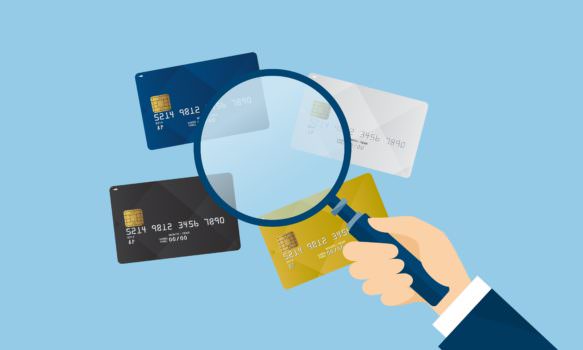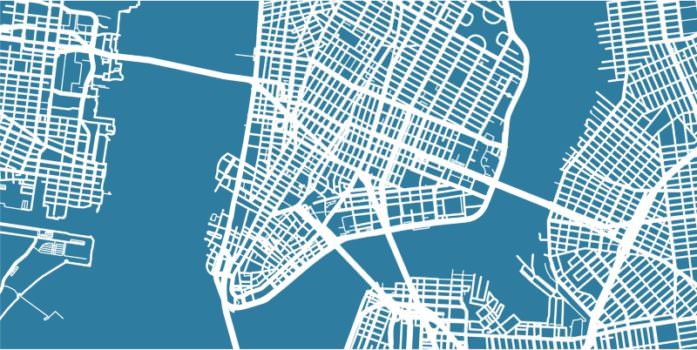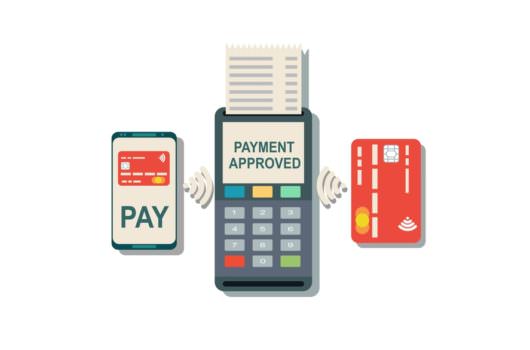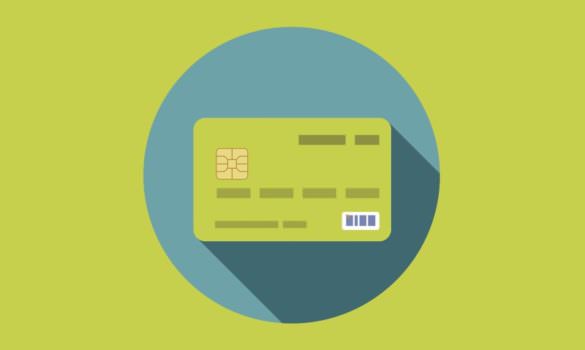What Can You Count On? Bank and Payment Card Fees
Amid the chaos of COVID-19, layoffs, furloughs and businesses closing, there are still things businesses cannot avoid, like payment card brand fees, and the need to manage both the current fees and the constant changes put out by the card brands.
Fall 2019 Card Brand Changes
Get up to speed on the fall 2019 card brand updates and how they may affect your business
Visa and Mastercard to Lower Interregional Interchange Fees October 19, 2019
Following pressure from the European Commission, Visa and Mastercard pledged last year to cut their European interregional multilateral interchange fees by at least 40%. The two international networks will honor their commitment on October 19, 2019, according to banking sources.
The Payment Card Settlement Lacks Long-term Relief
If history tells us anything about the card network and card issuing bank interchange system, it is this: the proposed terms of the settlement will not provide greater transparency or reductions in interchange fees moving forward. Merchants will continue to face complexity, obscurity and substantial costs in the long term, writes Chelsey Kukuk, payment card expert at Redbridge.
For a Successful Journey Into the Future of Payments
Redbridge is delighted to announce the acquisition of substantially all the assets of Vizant, a U.S.-based advisory firm specializing in payment cards. The transaction creates a leading global advisor in the fast-growing payment card landscape, uniquely equipped to support merchants and companies in their journey towards digital transformation. Watch our short clip to find out more.
The Complex World of Payment Card Surcharging
With the recent lifting of the ban on merchant surcharging, the U.S. payments industry has not seen widespread adoption. However, as fees continue to climb, card-not-present volumes increase, and there are fewer options to lower fees, merchants are finding themselves backed into a corner.
Old Dogs, New Tricks
If there is one thing that those close to the payments industry know, it is that the industry is constantly evolving. We see payments getting faster and more convenient. With that said, the one thing merchants rarely see, as a part of all this growth and innovation, is shrinking cost. Payments, particularly card payments, just seem to be growing more expensive. While it is true that some portions of card acceptance, such as the fees paid to an acquirer, may be getting slimmer and more competitive, merchants still foot the bill for the most expensive component – interchange.
Interchange Fee Factors Merchants Can Influence
For businesses nowadays, accepting payment cards is non-negotiable. The process of a payment card transaction seems simple; a customer swipes, dips, or taps their card, receives approval, and easy as that, they are on their way with their newly purchased products or services. However, behind the scenes of this seemingly simple process, several participants are working to complete the transaction. Participants can include the cardholder, the merchant, payment card networks, issuing banks, and card acquirers, each of which can include a fee for their participation in the transaction. For corporations, who can see thousands or millions of transactions daily, the fees can quickly add up.
No truce for the reduction of card interchange fees
In November 2018, the Visa and Mastercard networks offered to reduce inter-regional multilateral interchange fees (MIFs) in Europe by at least 40% in response to the European Commission’s competition concerns. These fees apply to payments made in the European Economic Area (EEA) with consumer debit or credit cards issued outside the EEA. An example of such a payment would be an American tourist using a Visa or Mastercard card to pay for a restaurant bill in Belgium.
The Future of Cash: What You Should Consider
With the increase of card payments, mobile payments, peer to peer payments like Venmo, and cryptocurrencies, there are many theorists who believe cash is dead. However, according to Payments Journal, it is alive and thriving. The Federal Reserve reports that cash is still the preferred payment method for transactions under $25 in retail and, specifically, quick-service restaurants (QSR) according to a QSR Magazine article. Additionally, in 2018, 41.1% of QSR transactions were in cash.
Regulation Changes Within the Payment Card Industry
The payment card industry has changed since its inception. What are the regulatory agencies doing to keep card users data safe? And, which of those changes will cause your company’s systems to need to be updated?














